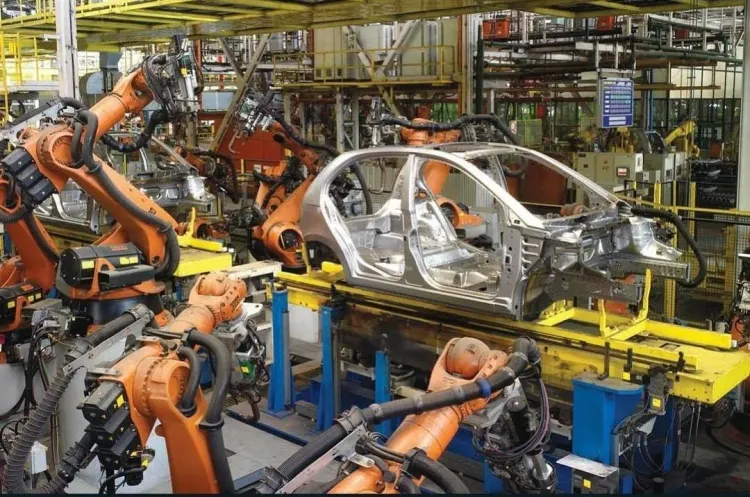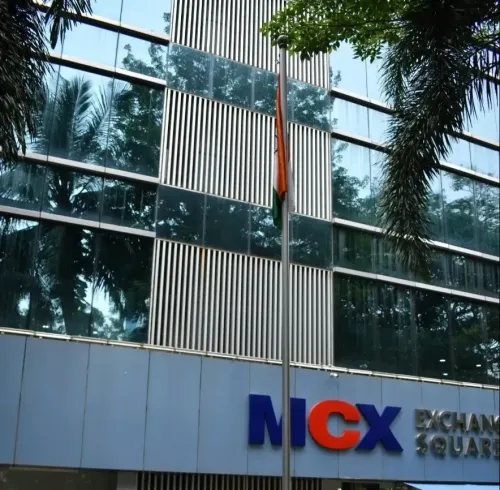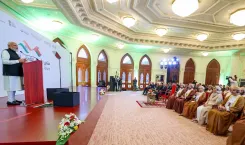Is India’s Manufacturing Sector Becoming More Attractive to Global Investors?

Synopsis
Key Takeaways
- India's manufacturing sector is gaining attractiveness for global investors.
- Current manufacturing value added is 17.2 percent of GDP.
- Government initiatives aim to bolster domestic manufacturing.
- Biofuels offer sustainable energy solutions and economic opportunities.
- India is set to become the third-largest economy by 2030-31.
New Delhi, May 19 (NationPress) A report from S&P Global reveals that India is making significant strides in boosting its competitiveness and enhancing the appeal of its manufacturing sector for global investors.
Although the manufacturing value added represents a modest 17.2 percent of the nation’s real gross domestic product (GDP), the government has rolled out specific policy measures aimed at bolstering domestic manufacturing capabilities and reinforcing India’s role in global supply chains.
The report indicates that India stands to gain from rising trade protectionism, which could encourage a shift in supply-chain strategies.
As the international trade and cooperation landscape shifts, India is well-positioned to seize opportunities. Over the last three decades, the country has expanded significantly in size, scale, and influence, and is on track to become the world's third-largest economy by the fiscal year 2030-31.
Amidst changing trade dynamics and tariff challenges, India can leverage this momentum to accelerate manufacturing growth and enhance global supply-chain integration, as per the report titled “India Forward: Transformative Perspectives.”
Furthermore, the nation is prioritizing alternative energy sources to ensure a cleaner and more self-sufficient transport future.
The adoption of biofuels is a vital part of this initiative. Biofuels provide a triple-win solution to the rising demand for sustainable energy sources against the backdrop of increasing environmental concerns—addressing energy security, lowering greenhouse gas (GHG) emissions, and creating income opportunities for the agricultural sector, according to the report.
India is also pursuing a strategy that aligns energy security with revenue security. Recent regulatory changes open up new avenues as the nation seeks to enhance crude oil exploration and development for self-sufficiency.
While it maintains moderate reliance on external trade for growth, which offers some cushion against ongoing global trade shifts and tariff policies, it is still not completely shielded from the escalating trade protectionism, the report states.










